Every WordCamp across the World has its personality associated with the city. In this article, we will tell you about, What idea we have about Nashik’s Wapuu this year and how it will be!
As most of the WordPressers are already aware about わぷー(Wapuu), Wapuu is the official mascot of Japanese WordPress Community.
The idea was first mentioned in 2009 at the WordCamp Tokyo after-party, where Matt Mullenweg asked Japanese users for ideas to promote WordPress in Japan. Here’s the complete story if you want to know more.
For the Inaugural WordCamp of Nashik 2016, we had a Wapuu named Napuu – नापू – नाशिकचा वापू.
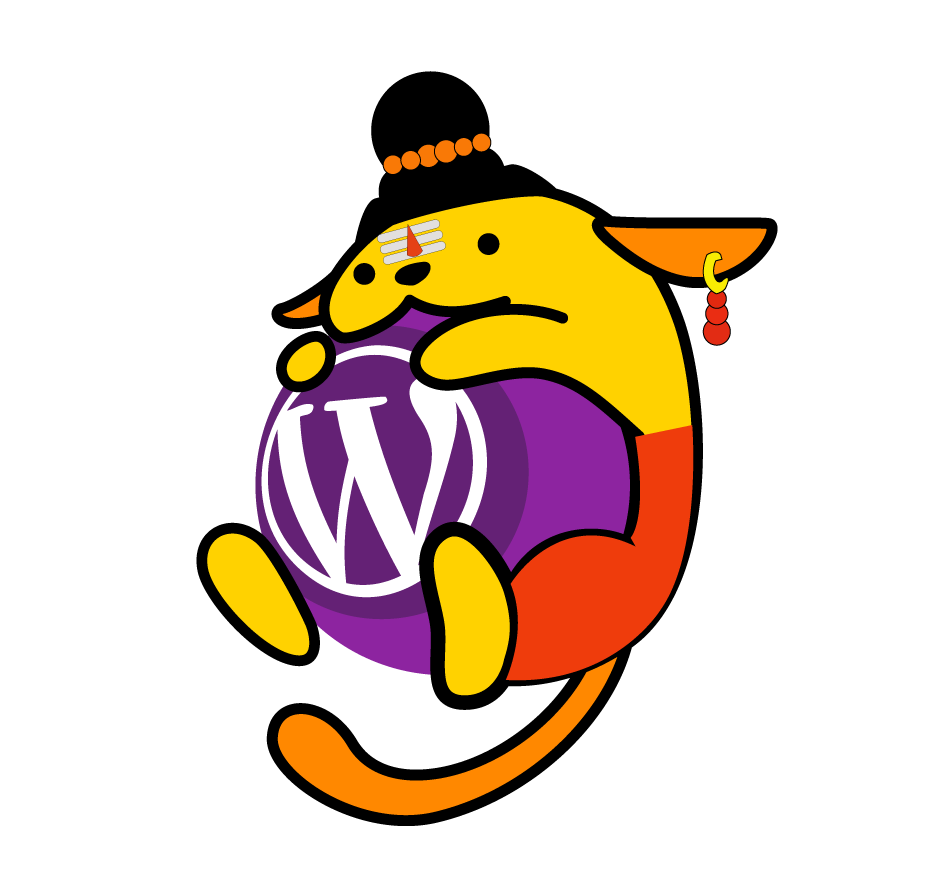
Nashik is very well known as a city of pilgrimage, and Kumbh Mela. To reveal the Identity of Nashik, We came up with the idea to introduce Napuu.
Well, That was 2016. Now, we’re planning for the second edition. WordCamp Nashik 2017!
What we have in 2017?
This year, we have different Wapuu. Very much different. Its a culture about which Nashikites/Nashikkar’s boast. 🙂
Its about…
The Nashik Dhol! This is something, you must have heard about if you live in Maharashtra. This is something, when falls on your ears, makes you dance! कारण, नाशिक ढोल एक नंबर, “विषय का?” 😀
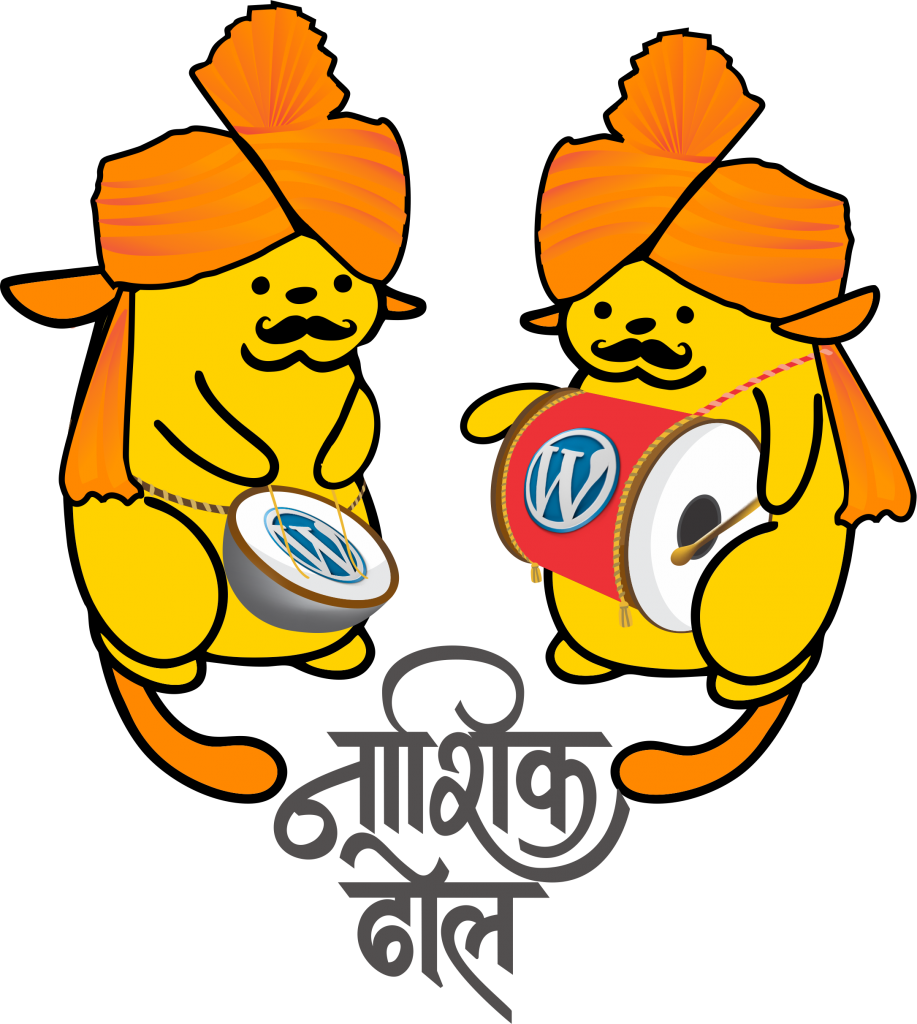
This year, we will have Twin Napuu’s – नाशिकचे जुळे वापू, holding Dhol and Tasha in their hands!
A Special Thanks to Arvind Baraskar and to The Organizing Team who came up with the idea and planned to sketch it!
What is a Dhol?
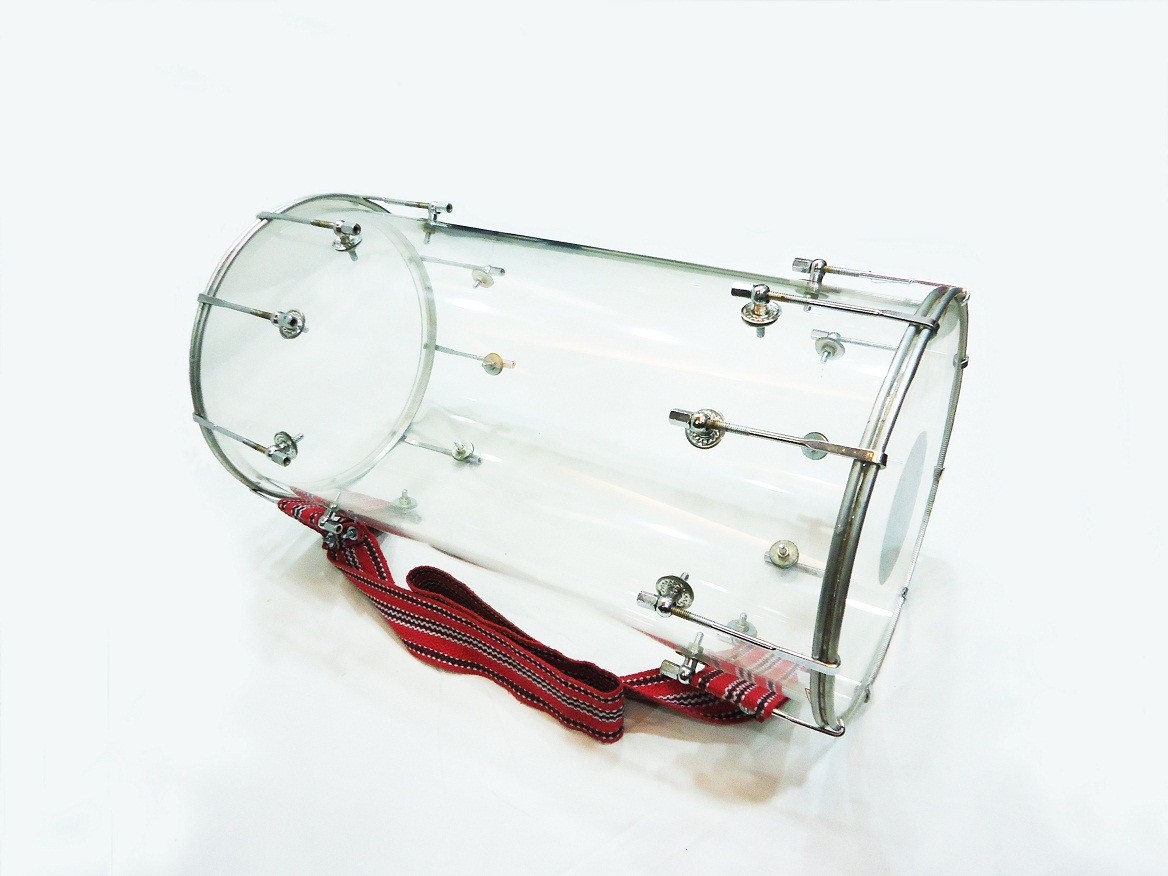
A Dhol is a large, barrel-shaped or cylindrical wooden drum, typically two-headed, used in South Asia. The term dhol is used to describe a similar, but smaller drum used with the smaller tabla, as a replacement for the left hand tabla drum. The typical sizes of the drum vary slightly from region to region.
What is a Tasha?
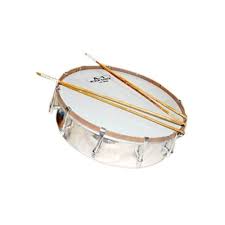
A Tasha is a musical instrument, and the word comes from Persian. The instrument as well I guess was first used in Persia. It is a kind of percussion instrument.
History of Dhol-Tasha Culture
There are many references to the birth of Dhol-Tasha, the origin etc.. Due to the Persian culture, it is believed that Dhol came to India almost in the mid-fifteenth century.
In India, during the Mughal era. The Persian name ‘Dahol‘ was used to express the victory or to convey a message, that the war has started as well as used during the festivals.
Almost every state in India like Maharashtra, Punjab, Assam, Goa, Gujarat, Rajasthan, Karnataka, Bengal, Dholak has a major importance in all art forms like Shigmo, Bhangra, Pongal, Garba, Durgapuja, Dandiya, Qawwali, etc..
In Maharashtra, Dhol-Tasha is played mainly in public festivals like Ganesh Chaturthi, Navratri, Chhatrapati Shivaji Maharaj Jayanti, Dr. Babasaheb Ambedkar Jayanti, and many more..
What’s so special in Nashik Dhol?
The traditional beats of the Dhol-Tasha resounding in the alleys of the city are most looked forward to by the residents of Nashik.
The sound of Nashik dhol in the air is enough to make even the ones with two left feet want to sway to the rhythm of the beats. Imagine hearing the high octane beats for hours on end. That is what every Dhol Tasha troupes in Nashik is famous for 🙂
When it comes to rhythms, Dhol-Tasha troupes prefer to go traditional with Bhangra, Nashik dhol, Pune dhol and other beats instead of belting out Bollywood tracks.
The experienced Nashik Dhol-Tasha players are ready to amaze the viewers with their rhythmic skills.
Glimpse of one of the Dhol-Tasha Troupe from Nashik!
Video Courtesy: Vikas Dhole
So, are you ready to meet the “Duo”? Then mark your calendar for Sunday, November 5th 2017 at NEC, Nashik
Grab Your Tickets, Now!
